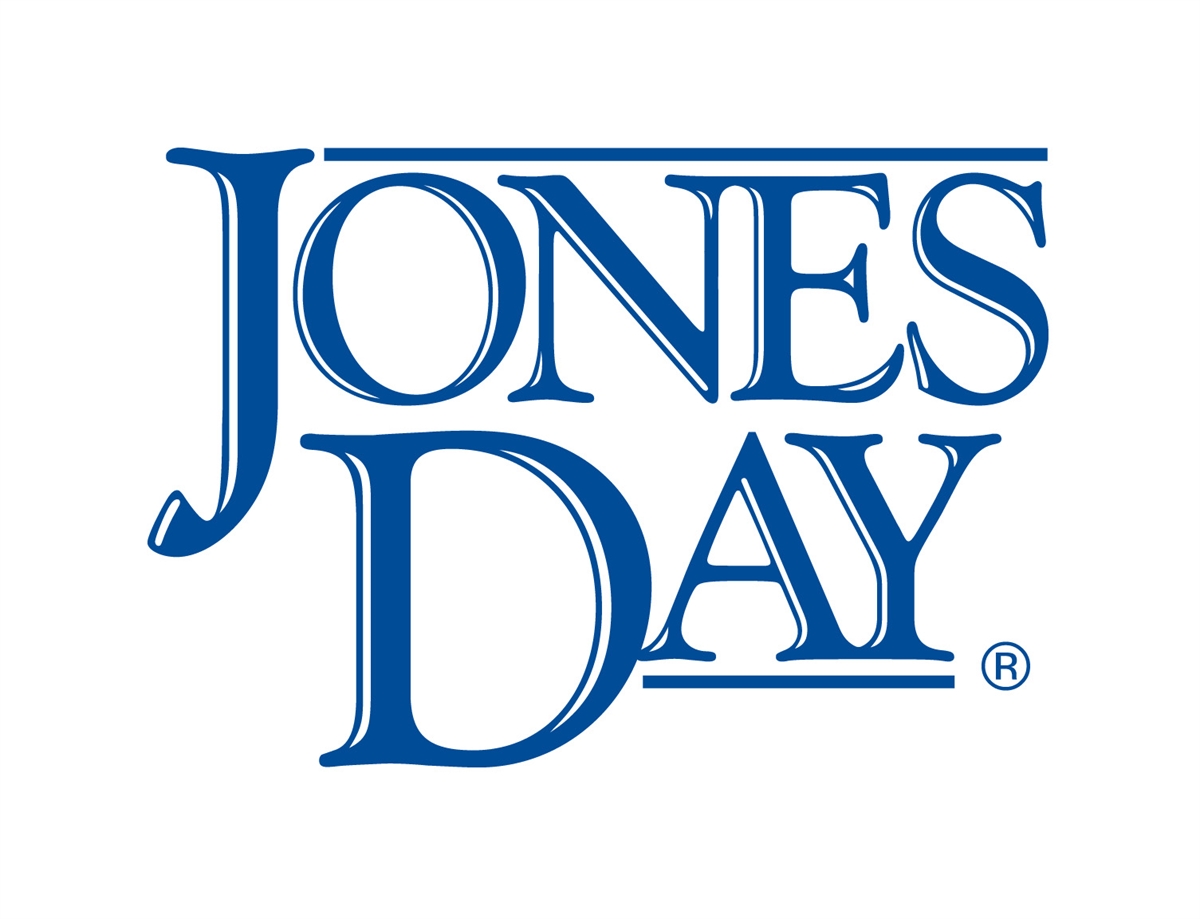CAFC Tells Gil Hyatt ‘GATT Bubble’ Application Properly Subject to Restriction Requirement
“Whether Mr. Hyatt’s actions are characterized as a failure to disclose or an act of withholding an entirely new species, it was that conduct of Mr. Hyatt that prevented the Examiner from entering a restriction requirement.” – CAFC
Inventor Gilbert Hyatt, who has been embroiled in litigation with the United States Patent and Trademark Office (USPTO) for decades, lost his latest case at the U.S. Court of Appeals for the Federal Circuit (CAFC) when the court ruled today that an examiner’s restriction requirement was permitted under 37 C.F.R. § 1.129 (“Rule 129”).
Caught in the GATT Bubble
The case relates to Hyatt’s U.S. Patent Application No. 08/435,938, which was filed on May 5, 1995, and falls within the so-called “GATT Bubble.” The GATT Bubble is the term applied to patent applications filed but not yet granted before the Uruguay Round Agreements Act (URAA), which amended the U.S. patent term to 20 years from the effective filing date, took effect on June 8, 1995.
The USPTO promulgated Rule 129 to govern these applications. Rule 129(b)(1)(ii) provides:
(1) In an application . . . that has been pending for at least three years as of June 8, 1995 . . . , no requirement for restriction . . . shall be made or maintained in the application after June 8, 1995, except where:
. . . .
(ii) The examiner has not made a requirement for restriction in the present or parent application prior to April 8, 1995, due to actions by the applicant . . . .
In the present case, examination of Hyatt’s 1995 application was completed in 2003, but then was stayed along with many other of Hyatt’s applications pending litigation. In 2013, an examiner asked Hyatt to select a number of claims from the ‘938 application for examination. Hyatt reluctantly complied and selected eight out of the 200 claims, which an examiner issued a non-final rejection of in February 2015. In August 2015, Hyatt responded with “significant” claim amendments. The amendments shifted seven of the eight claims to a different species of computer systems and processes, so the examiner issued a restriction requirement, forcing Hyatt to prosecute the amended claims in a separate application that would be subject to the patent term under the URAA, rather than the pre-URAA term of 17 years from the date of grant.
Hyatt sued, alleging that the restriction requirement violated the Administrative Procedure Act (APA) “as arbitrary, capricious, an abuse of discretion, or otherwise not in accordance with law since restriction requirements are generally not permitted for transitional applications like the ’938 application and no exception to that rule applied.” But the district court ultimately granted the USPTO’s motion for summary judgment, explaining:
[Mr. Hyatt] failed to disclose claims to a separate invention and attempted to file them many years after 1995. Withholding these claims is an action by the applicant that falls within [Rule 129(b)(1)(ii)’s applicant-action] exception to the general rule prohibiting restriction requirements on transitional applications. The [Examiner] was thus within his authority to impose a restriction requirement under [that] exception . . . .
Actions Include Inactions
In its discussion on appeal, the CAFC rejected Hyatt’s argument that the term “actions” as used in the text of Rule 129(b)(1)(ii) “does not encompass ‘inactions.’” Furthermore, the court found that Hyatt’s failure to disclose the “species-altering amendments” earlier could be characterized as an act of “withholding”:
“And whether Mr. Hyatt’s actions are characterized as a failure to disclose or an act of withholding an entirely new species, it was that conduct of Mr. Hyatt that prevented the Examiner from entering a restriction requirement.”
The USPTO’s Manual of Patent Examining Procedure (MPEP) Section 803.03 includes several examples of inaction that it categorizes as falling under “action by the applicant,” including delays. “Although the MPEP does not have the force of law, it is entitled to judicial notice so far as it is an official interpretation of statutes or regulations with which it is not in conflict,” wrote the CAFC, citing Airbus S.A.S. v. Firepass Corp., 793 F.3d 1376, 1380 (Fed. Cir. 2015). Since the public has been on clear notice of the USPTO’s interpretation of “action,” via the MPEP, the CAFC said it could not see how the application of Rule 129(b)(1)(ii) could be deemed “arbitrary, capricious, an abuse of discretion, or contrary to law.”
Hyatt’s attempts to cite case law showing that “actions” cannot include “inactions” failed to persuade the CAFC as the cases he cited were not binding and addressed “materially different statutory contexts,” said the court. Hyatt also argued that application of the applicant-action exception to the ‘938 application violated the statement of administrative action (SAA), a statement promulgated by then-President Clinton that Congress said “shall be regarded as an authoritative expression by the United States concerning the interpretation and application of the” URAA “in any judicial proceeding in which a question arises concerning such interpretation or application.” Hyatt read the language to mean that the exception applies only when the applicant’s actions “prevent [the] PTO from taking any action in a given application,” but the CAFC said this “restricts it beyond its plain terms.” Instead, the SAA actually mirrors Rule 129, said the court.
“The SAA similarly instructs that that same general ban on restriction requirements ‘does not apply if . . . there has not been at least one [PTO] action due to actions by the applicant.’”
No Conflict with Other Provisions
Hyatt finally argued that even if the text of the applicant-exception could be interpreted to apply here, doing so would logically conflict with Rule 129(a) and Rule 129(b)(2). Under Rule 129(a), Hyatt said he is entitled to have his amendments considered as “continuation-type amendments” subject to the pre-URAA patent term. A restriction requirement would effectively swallow Rule 129(a), said Hyatt. And since Rule 129(b)(2) “recognizes that transitional applications may contain more than one independent and distinct invention, a restriction requirement for such an application—including the ’938 application—would be improper.” But both the district court and the CAFC disagreed, noting that Section 129(a) does not deal with restriction requirements and 129(b)(2) “applies only when ‘a requirement for restriction . . . cannot be made or maintained pursuant to this paragraph.’” Here, the applicant-action exception allows the USPTO to make the restriction requirement, so 129(b)(2) does not apply.
Eileen McDermott
Eileen McDermott is the Editor-in-Chief of IPWatchdog.com. Eileen is a veteran IP and legal journalist, and no stranger to the intellectual property world, having held editorial and managerial positions at […see more]







